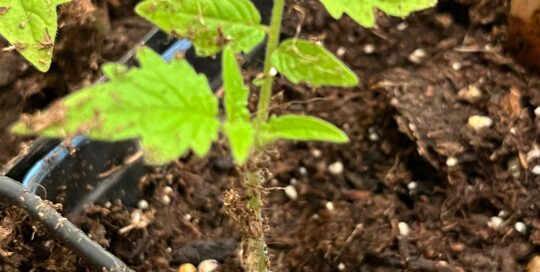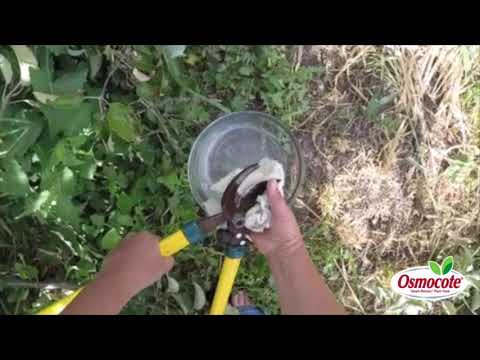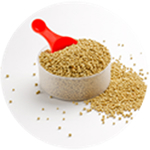Japanese Beetle Battle
Views: 5701
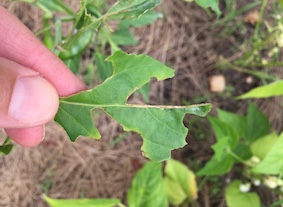
This time last year we were visiting my family in northeastern Ohio, and I was shocked at the Japanese beetle infestation. They were everywhere chomping away at all of the lush green foliage and formerly pretty flowers.
When I worked for my aunt during high school, a common task during the summer was picking off the Japanese beetles from the rose bushes and dropping them in a coffee can of gasoline. Water works just as well, but she made sure it was the last stop for the voracious creepies. There was no way they would leave that can alive.
Preventing Japanese Beetle Infestation
Hand picking is still one of the best ways to handle a Japanese beetle infestation. This is why I truly doubt there are many other pests that frustrate gardeners as much as Japanese beetles. There seems to be an unending supply that is impervious to efforts to reduce their numbers. And the bad news is, because they have no natural predators (since they first arrived in New Jersey from Japan in 1916) you can’t rely on the natural cycle to keep them in check.
Milky Spore
At one time, Milky Spore showed promise to knock out the beetles in the grub stage when they are still in the ground before the soil warms in the spring. However, studies are showing its not very effective, and there’s concern the grubs are actually building resistance to it.
Neem Oil and Sevin
Other options include spritzing them with insecticidal soap or a solution of Neem oil. Sevin is also a highly effective means of killing a large amount of Japanese beetles, but keep in mind it will kill all other insects, including beneficial ones such as honeybees. With pollination being a problem in many parts of the country, particularly suburban areas, it might be wise to use it only as a last resort.
Netting
If you have a few specific plants you want to keep beetle free there is fine netting available at nurseries that you can use to cover the plants from the end of June throughout July to prevent the beetles from destroying your favorite specimens. It works well, and you don’t have to worry about chemicals.
Japanese Beetle Traps
Japanese beetle traps attract them through pheromones or the scent of a preferred food source. They work the best when its a united effort in the neighborhood, or on a large piece of property. Hang one trap every 200 to 300-feet, and roughly ten-feet away from the plants you want to protect. Unfortunately, theres still debate whether these traps attract more beetles than might normally live in the area so if your neighbor uses them, and you dont, you might have to battle more beetles.
So, Aunt Francie probably was on the right track. Dropping Japanese beetles in a can of liquid (the more noxious the better if it makes you feel good) is as effective as any other method. Instead of looking at it as a bothersome amount of time away from other projects, think of it as meditation in the garden pick and plop, pick and plop. Keep breathing and soon beetle season will be over.
Meet Amy Grisak
Amy is a freelance author and photographer in Great Falls, MT who specializes in gardening, foods, and sustainable agriculture. She provides information on every kind…
Amy's Recent Posts
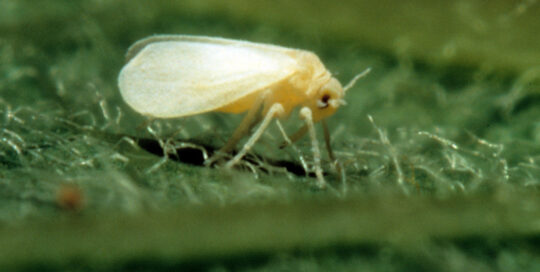
Watch Out for Silverleaf Whiteflies
